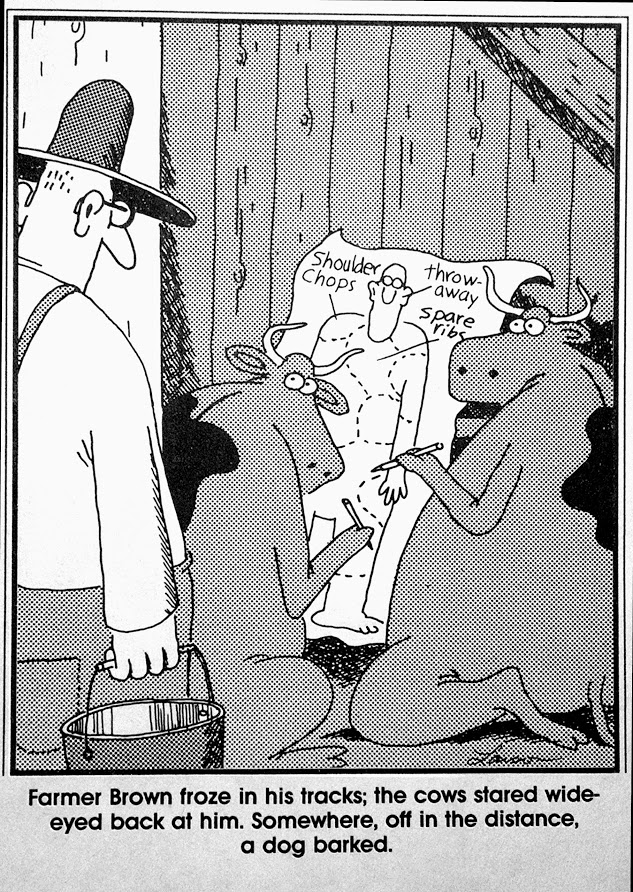 This past week our Food Tasting and Technology class went whole hog into cured meats. In Italy, cured meats come primarily from pigs. Now, anyone who knows me knows, I never shy away from anything pork, so I was really looking forward to this class. It did not disappoint.
This past week our Food Tasting and Technology class went whole hog into cured meats. In Italy, cured meats come primarily from pigs. Now, anyone who knows me knows, I never shy away from anything pork, so I was really looking forward to this class. It did not disappoint.
We learned about all the important cuts, what types of cured meats are produced from them, and importantly, why. We learned how meat is cured, step by step. But for our purposes here, it is enough to say that the most important cuts come from the hind leg, which is mainly used to produce the dry cured ham we know and love as prosciutto. What you probably didn’t know is that tasty hind leg also gives us two even more delicious products. Butt? What could be more delicious than prosciutto? Culaccia and culatello! These two are the nuttier, butterier, richer, more savory cousins of prosciutto that you’ll definitely want at your next party. You will just have to trust me on this one …
OK but where does that delicious guanciale used in bucatini all’ amatracina and spaghetti alla carbonara come from? Glad you asked! It comes from the cheek or jowl of the pig, which is the area richest in fat and a super important cut. The flavor is less salty but stronger, and its fattier than pancetta which comes from the belly. Plus the guanciale fat renders in the pan, leaving behind a crispy brown little puff of porkiness, and giving your sauce an intense depth of flavor.
Proscuitto can be cooked, cotto in Italian, or crudo, dry cured and the most popular way to enjoy it in Italy. And when Italians talk prosciutto they mean Prosciutto di Parma. The history of Prosciutto di Parma dates back to ancient Roman times when Cato the Elder first mentioned the extraordinary flavor of the air-cured ham made around the town of Parma in Italy. The production process has changed little since those days. Proscuitto di Parma is 100% natural, made under strict quality controls, with no preservatives, additives, or hormones .. only specially bred pigs, sea salt, air and time. (BTW, the pigs are fed a healthy diet that includes the whey from the Parmigiano Reggiano cheese production in the same region!) It is the gold standard of prosciutto and has the pedigree and PDO status (certification designed to protect the name, traditions, and methods) to prove it. Prosciutto di Parma does indeed have a unique, sweet flavor. It is aged a minimum of 400 days, with some aging as long as 40 months. In our tasting is was obvious that the longer a prosciutto has been aged the more flavor it incurs, the less salty it tastes, the less rubbery the fat, the drier the texture. In my opinion, 24 months is ideal – the flavor is ripe, savory, and mature, but not too strong.
Fun Fact: We learned that a horse bone is used to test the hams because it absorbs and releases scents quickly, which helps the inspector tell if there’s any spoilage, but lets him use it again quickly for the next ham.

OK I think that is enough ham for one day. Go on out and get yourself some cured meats! But stay tuned – this week we have two experts coming in to teach us about both British and Spanish cheese traditions. And later in the week we will all be heading north to Torino for the bi-annual Salone di Gusto food festival. 5 full days of conferences, workshops, tastings, producer meetings, eating drinking … scattered throughout the entire city. I hope I survive! Well, at least I know I’ll do better than Farmer Brown:

I think we will go out to Jim ‘n Nick’s sometime this week!
Yum! Now, good bbq…that’s something Italians do not have. Mmm ribs…!
Thx for the history lesson! It sounds delicioso!
Excellent Lisa. Have you been to Parma? I loved it when I went many years ago. A charming little city.
I brought back s verbal types of cured meat from Italy that I still haven’t touched. I think I’ll get them out and have a nibble. ?
Hi Karen! Yes, I’ve been to Parma a few times. Visited a Reggiano Parmesiano cheese maker as well as a prosciutto maker, where I took the first pic in this post. Delicious food, beautiful art and architecture, plus Barilla has a research library there. Can’t wait to go back soon and check it out! Thanks for reading 😉
As always, VERY interesting stuff! So, as one of your geek-iest friends, I need to know: how exactly do they use the horse bone to test the hams? And what are they testing for? Hugs! Miss you!
The bone is long and thin like a needle, and they can poke it into various parts of the ham, pull it out, and sniff it to determine how the ham is aging, how sweet it smells, or if there is any spoilage. Guess horse bone quickly releases scent so they can move right on to the next ham. You have to be one experienced sniffer to land that job!
Miss you too! Can’t wait for you to come back and visit this spring!!